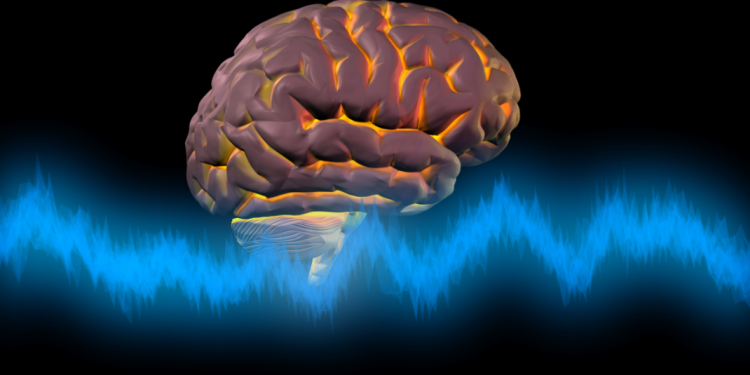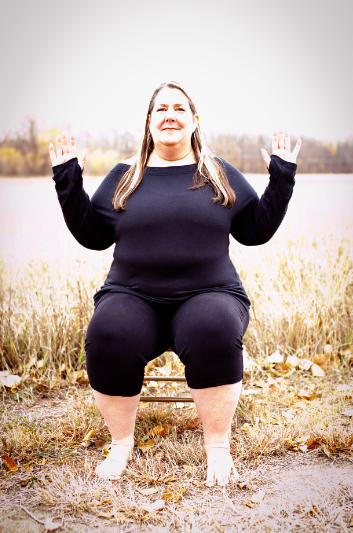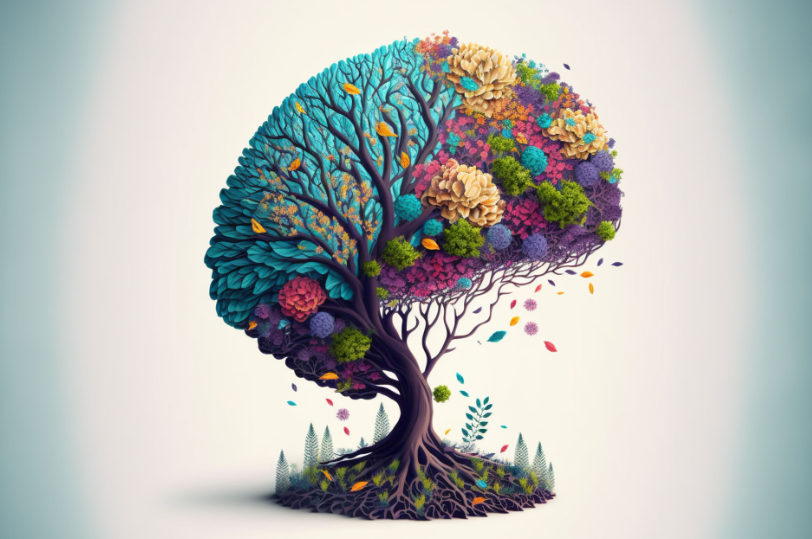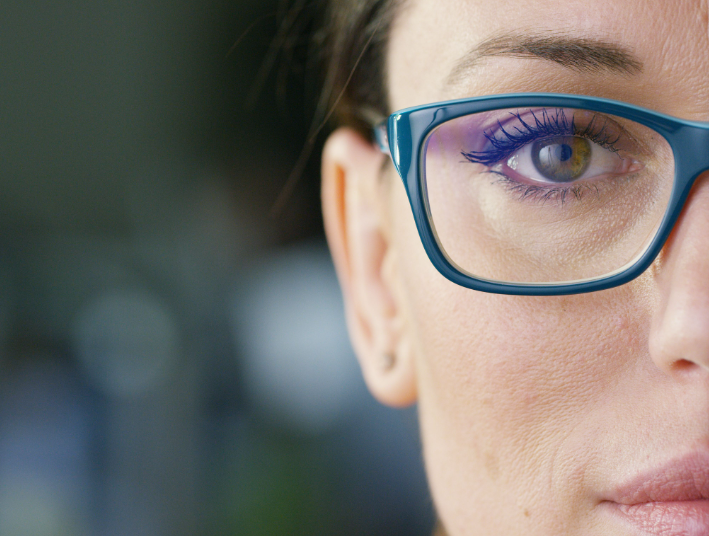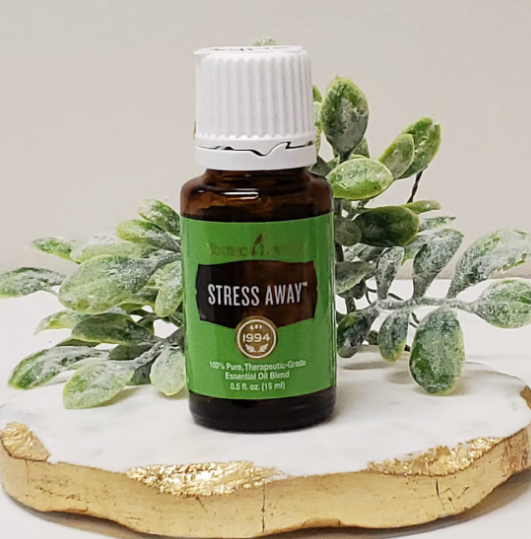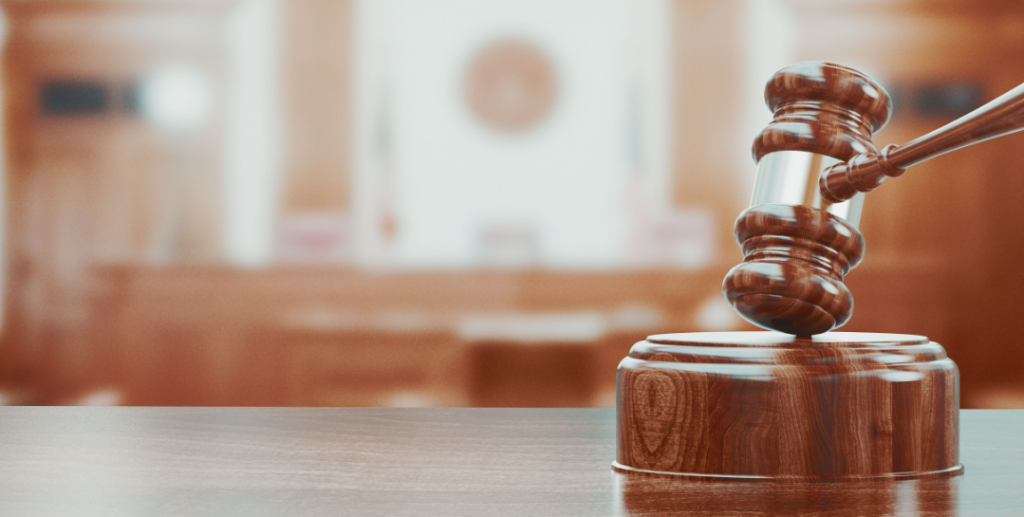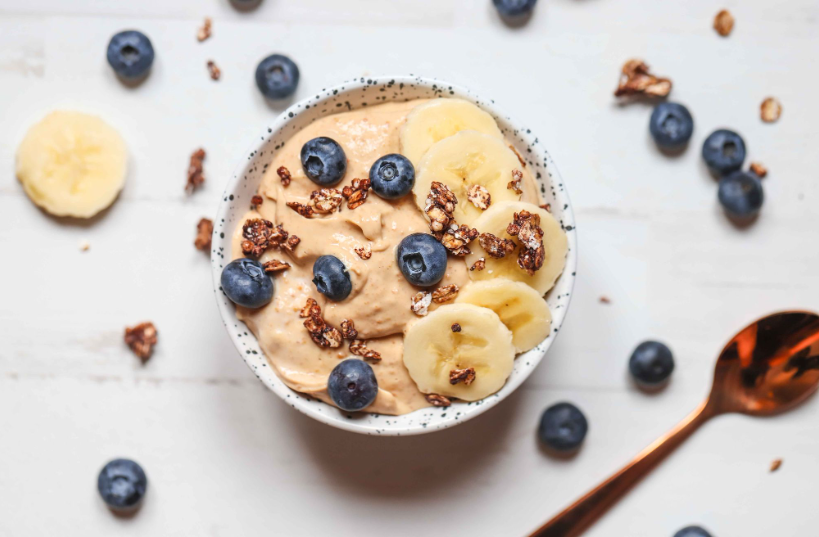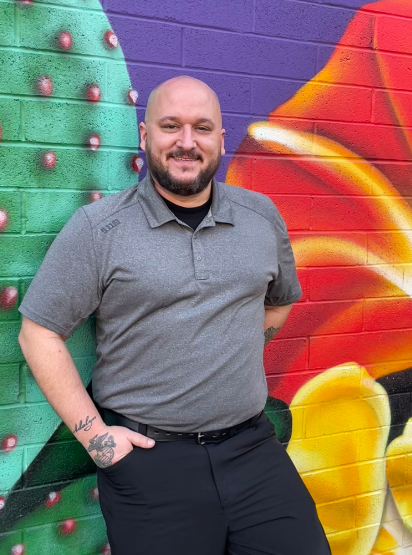By Jonathan Chung, DC
Neuroplasticity is defined as the ability for neural networks in the brain to change through growth and reorganization. If you’ve been involved in the world of strokes and brain injuries long enough, you probably heard of neuroplasticity in the context of how it can provide hope for people to rehabilitate and recover from their condition. It’s a major reason why I put the word “Neuroplasticity” into the name of my clinic!
However, at a very basic level, neuroplasticity simply means the central nervous system can change through learning. For the most part, the behaviors our brains learn are useful or helpful to us. This happens when our brains learn how to properly perform an exercise, learn new skills for work/school, develop social intelligence, or even learn how to cope with stress. But in the same way we learn things that become a net positive for our lives, our brains may also learn behaviors that can be detrimental. This can be something benign like a little bit of procrastination, or it can be more serious behavior leading to addiction or abuse.
So what does this mean for the ailing brain after concussion?
In the acute phase of injury, physical and biochemical processes lead to the death of neurons or disruption of pathways in the brain. During this time, our ability to perform specific tasks becomes compromised because we lose access to the parts of the brain responsible for those behaviors.
While all brain injuries and concussions are serious, most concussions don’t create widespread death of most of the neurons in our brain. Another advantage is that our brains have a lot of redundancy, meaning we have lots of neurons and pathways in our brains that perform similar jobs. So, if we receive a physical injury to parts of our brain, then plasticity allows other parts of the brain to perform the same job. After the immediate injury, our brains start working hard to form new synapses and build new connections to bypass the injured pathways.
If this process works well, you have a good chance of recovering from a concussion with seemingly few symptoms or consequences. This may be why many studies show that upwards of 80-85% of concussion patients recover on their own, because plasticity worked in their favor.
But what happens to the 15-20% who struggle after their symptoms? A concussion patient can have persistent symptoms for many reasons. Some patients receive injuries outside the brain contributing to dysfunction (neck and vestibular injuries). Patients with some pre-existing conditions are susceptible to longer recovery (migraine and anxiety). But there’s also a case to be made that many patients may experience neuroplastic changes in their nervous system that actually worsen the patient’s symptoms.
One key example with this is found in a phenomenon called central sensitization. Central sensitization is a condition that can cause chronic pain symptoms after injury. Immediately after an injury, your nervous system may make your nerves or your spinal cord more sensitive to pain as a way to protect it from further injury. This sensitivity should go away as the injury heals, but patients with central sensitization will have areas of their spinal cord going through neuroplastic changes that cause the sensitivity to persist long after the injury heals. So instead of a painful stimulus causing pain, the neurons in the spinal cord learned a maladaptive pattern causing normal sensation to trigger pain. Some researchers believe this may be a mechanism for how some concussion patients develop chronic pain or persistent headache long after a concussion occurs.
Negative plasticity may explain other post-concussive symptoms. Some patients after concussion learn to compensate for loss of balance after injury by learning subtle changes in how they walk and maintain balance. While these subtle changes in balance help in the short term, these new compensations may not be ideal for sport and activity and may cause higher rates of lower body injuries. Negative plasticity may also be a reason why some post-concussion patients experience persistent tightness or spasm of different muscles after injury, which can contribute to movement disorders.
The brain didn’t intentionally create these negative adaptations, but simply did its best to cope with an injury to a really important part of the body. In the process of creating new connections that are supposed to be helpful, sometimes wires get crossed and things don’t go as planned. At the end of the day, while plasticity is intended to help, the truth is that plasticity sometimes gets in the way.
What Does this Mean for Recovery?
This article might feel like a lot of doom and gloom, but there’s a bright side to all of this. The most important thing to know about plasticity is that the brain can change throughout our entire lives!
At one time time, people believed our brains didn’t change as we got older. People also once believed having persistent symptoms after a concussion for over a year meant they had little hope of getting better.
In the world of neurorehabilitation, clinicians use principles of neuroplasticity to change the brains of injured patients, regardless of age or length of injury. Research shows therapeutic applications for cardiovascular exercise and resistance training helps the brain produce chemicals called brain derived neurotropic factors (BDNF) that increase brain plasticity. Engineers continue to develop tools for non-invasive neuromodulation like vagus nerve stimulators and tongue stimulators, which show promising results in increasing the speed of plasticity in patients with stroke or multiple sclerosis.
In the world of functional neurology, we use these principles and tools to identify harmful plasticity, and how to harness these tools to use neuroplasticity in a personalized way for recovery.
But neuroplasticity isn’t something exclusive to a clinic. We can all harness neuroplasticity ourselves in our day-to-day lives. We can harness plasticity every time we exercise, whenever we learn a new way to slow down our breath, and when we practice mindfulness. We can harness plasticity whenever we develop greater consciousness of the thoughts and actions that may fracture relationships and slow down our instinct to be reactive.
Achieving plasticity is hard. It is difficult. It takes a lot of practice and work, and not everyone will succeed, especially the first few times you try. But like anything else worth having, a strong amount of social support and dedicated effort to persist through failure can stack the deck in your favor for the ever-changing brain.
Jonathan Chung, DC, is the founder and upper cervical chiropractor at Keystone Chiropractic and Neuroplasticity in Wellington, Florida. Learn more about their cervical vestibular rehabilitation program at www.chiropractickeystone.com

